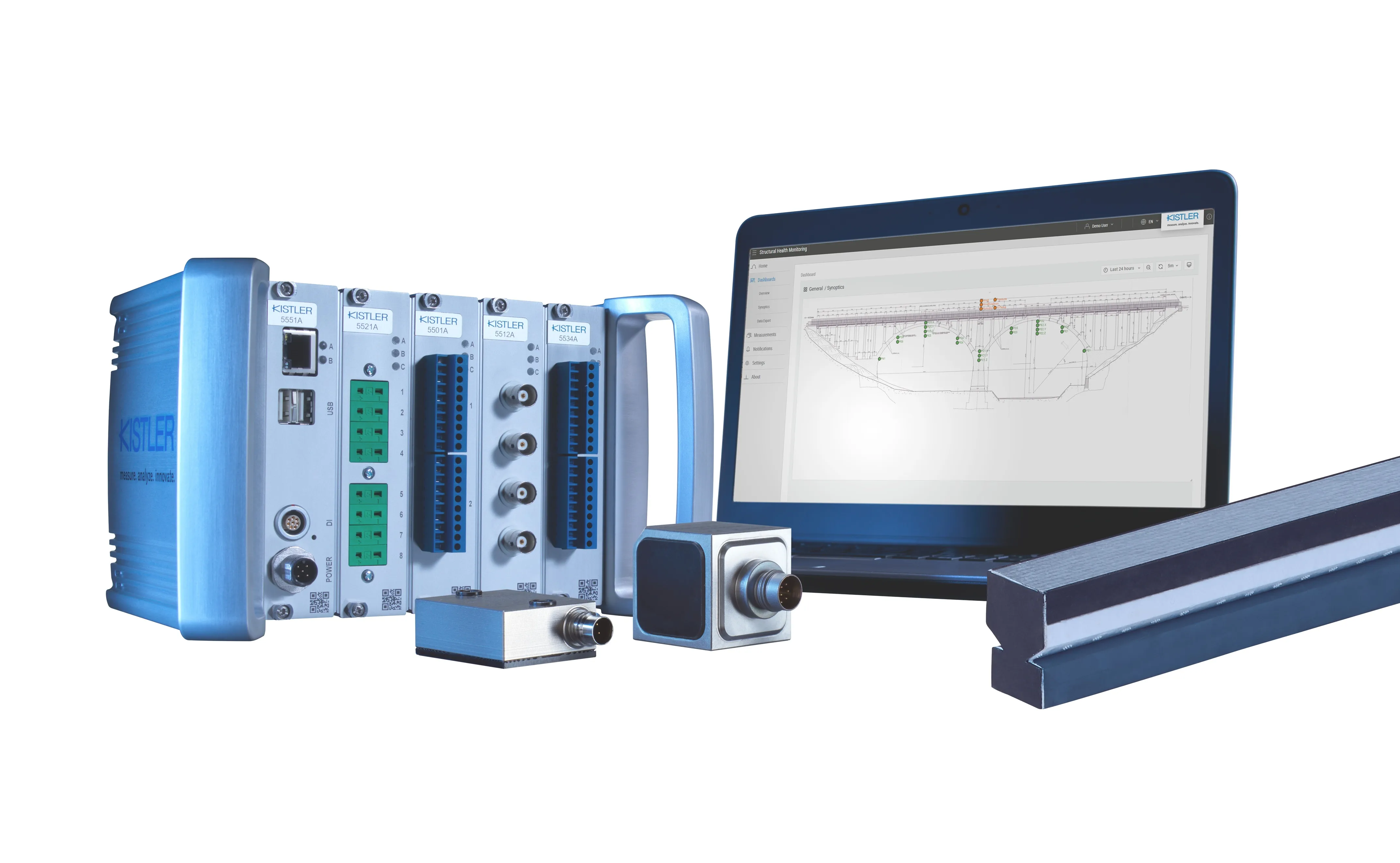Six new truck weigh station systems have been installed on the Salwa Highway, an international highway connecting the countries of Qatar and Saudi Arabia.
February 2, 2012
Read time: 2 mins
Six new truck weigh station systems have been installed on the Salwa Highway, an international highway connecting the countries of Qatar and Saudi Arabia. 69 International Road Dynamics (IRD) supplied the Weigh-In-Motion (WIM) system consisting of the sensors, electronics and software for this project.
IRD mainline WIM sensors are installed in all four lanes of the highway to collect traffic data. In addition, WIM scales are installed in the exit ramp to identify potentially overweight, violating trucks. The system performs ramp sorting of overweight, overheight and other violating vehicles to minimise the amount of traffic directed for static weighing. The system also captures images of violating vehicles which do not follow traffic signals to report to the station. Additionally, the system is integrated with the static scale to simplify the processing of overweight vehicles and generation of violation tickets. The sensors on the bypass lanes collect traffic data for all vehicles as they pass the weigh station.
Terry Bergan, IRD’s President and CEO: “Over the past four years working with279 Traffic Tech, seven IRD automated truck weigh stations have been installed in Qatar with 16 more weigh stations under contract for a total of 23 stations that will form an important part of the highway’s road asset management system.”
IRD mainline WIM sensors are installed in all four lanes of the highway to collect traffic data. In addition, WIM scales are installed in the exit ramp to identify potentially overweight, violating trucks. The system performs ramp sorting of overweight, overheight and other violating vehicles to minimise the amount of traffic directed for static weighing. The system also captures images of violating vehicles which do not follow traffic signals to report to the station. Additionally, the system is integrated with the static scale to simplify the processing of overweight vehicles and generation of violation tickets. The sensors on the bypass lanes collect traffic data for all vehicles as they pass the weigh station.
Terry Bergan, IRD’s President and CEO: “Over the past four years working with










